Steve McQueen’s ‘Sunshine State’ illuminates the cavernous halls of Milan’s Pirelli HangarBicocca
At Pirelli HangarBicocca in Milan, acclaimed artist and filmmaker Steve McQueen unveils the world premiere of the video installation, Sunshine State, staged alongside iconic works
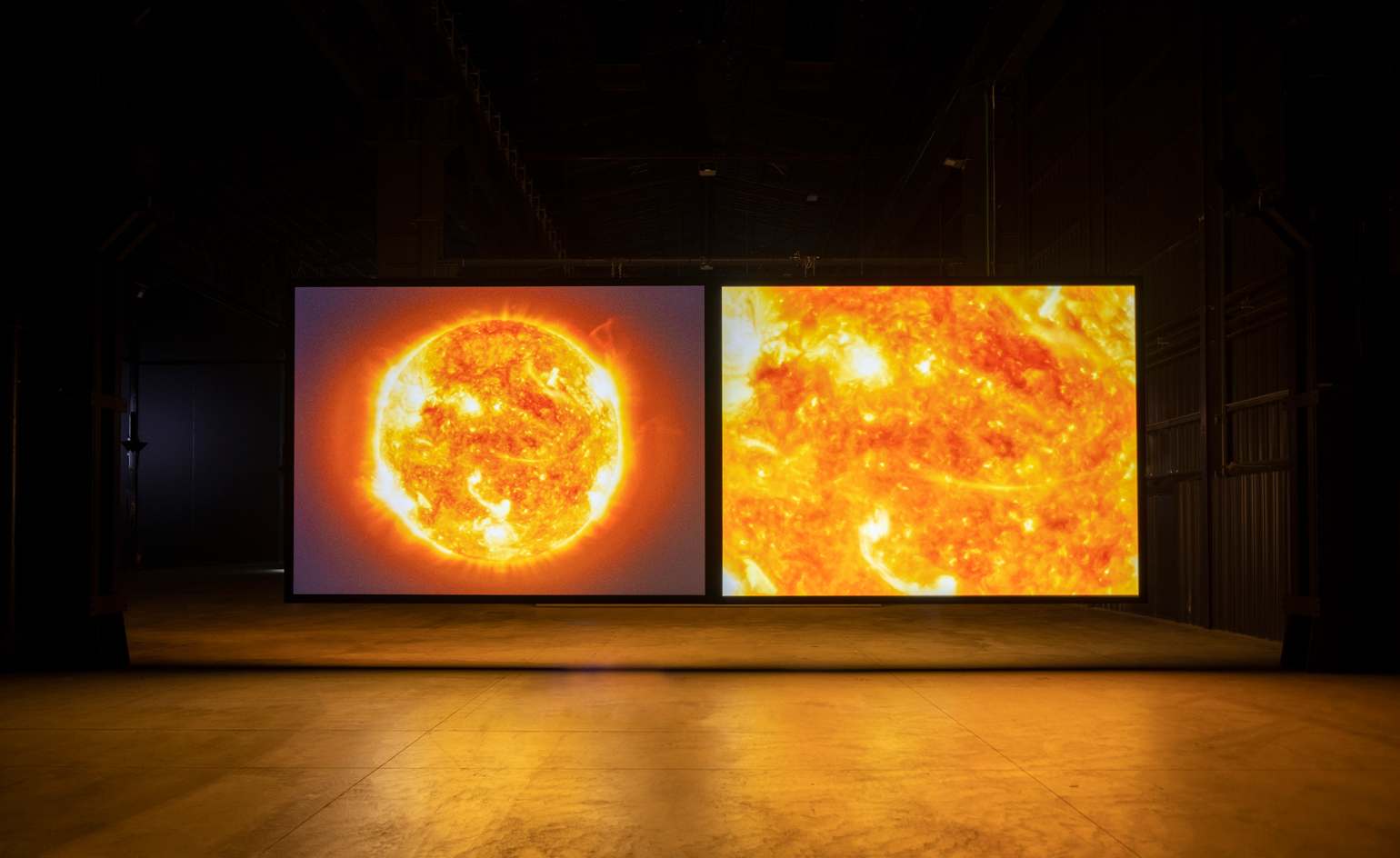
Steve McQueen’s ‘Sunshine State’ is a new exhibition at Pirelli HangarBicocca in Milan. It follows on from the Turner Prize-winning artist and Oscar-winning filmmaker’s major 2020 show at Tate Modern, which, although well-received, was only open for a month due to UK lockdown restrictions. McQueen’s Milan exhibition echoes the Tate show, but includes one new work that has been twenty years in the making; a personal film that ties together a long-burning idea and a life-changing experience for the artist.
The former train depot that is now Pirelli HangarBicocca is a cavernous 15,000 sqm space with ceilings several storeys high and is illuminated almost solely by the light of McQueen’s films, which extend across the Navate space and the exterior.
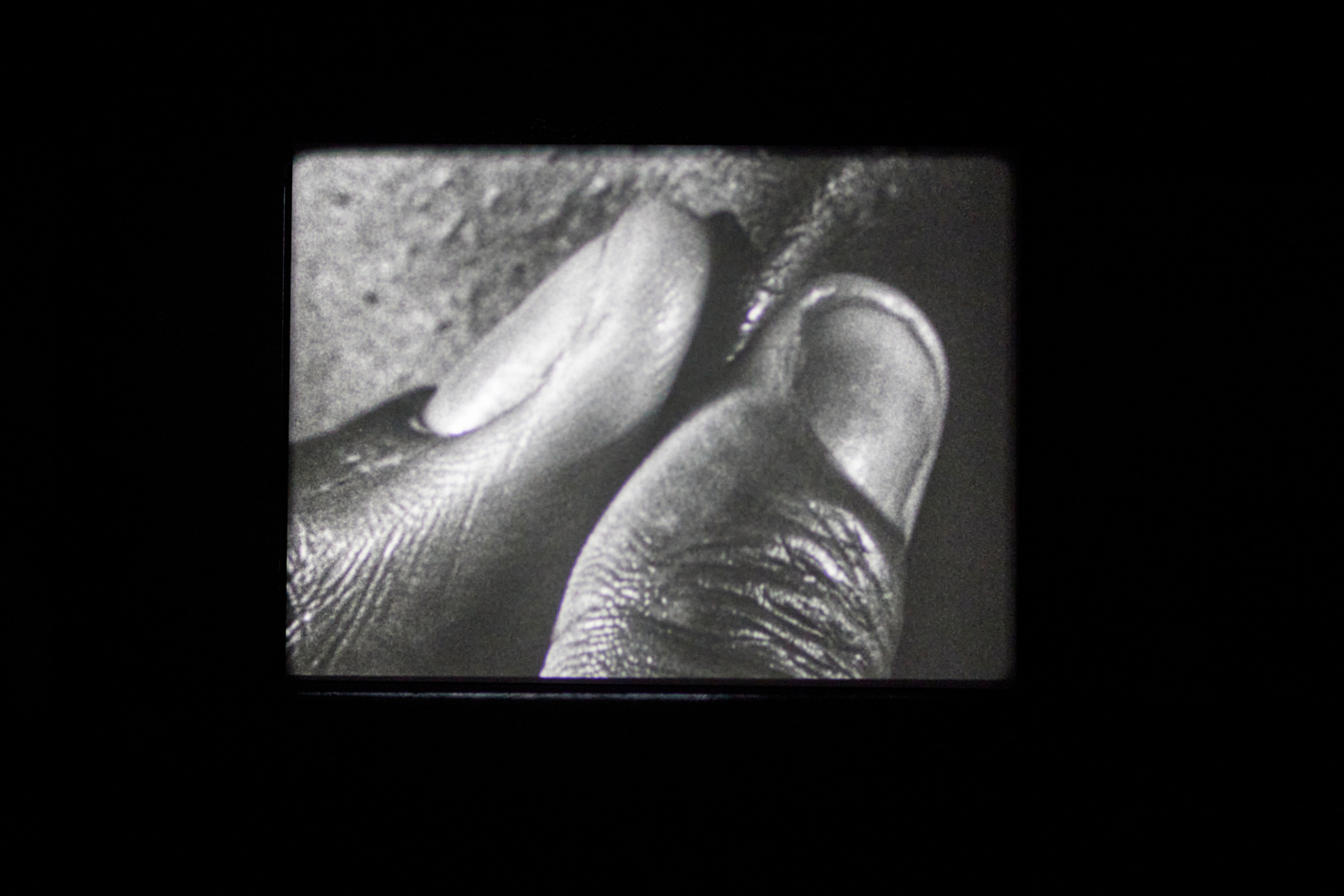
Steve McQueen Cold Breath, 1999 Installation view at Pirelli HangarBicocca, Milan, 2022 Steve McQueen.
The show includes seven works, six films and one sculpture and was curated by Vincente Todolí who makes full use of the height and breadth of the building. Creating a narrative arch from Static (2009) which hangs above the entrance to the space, to the intensely intimate works Charlotte (2004), a close-up study of Charlotte Rampling’s hooded eye, and Cold Breath (1999) in which the artist touches his own nipple mixing the erotic, compulsive and violent.
McQueen’s new film and the main event is Sunshine State (2022), visible throughout the space. The double channel, four-screen installation emits the sound of the artists’ voice telling a story, spliced and fragmented and paired with visuals from the 1920s black and white film The Jazz Singer about a musician who performs in blackface.
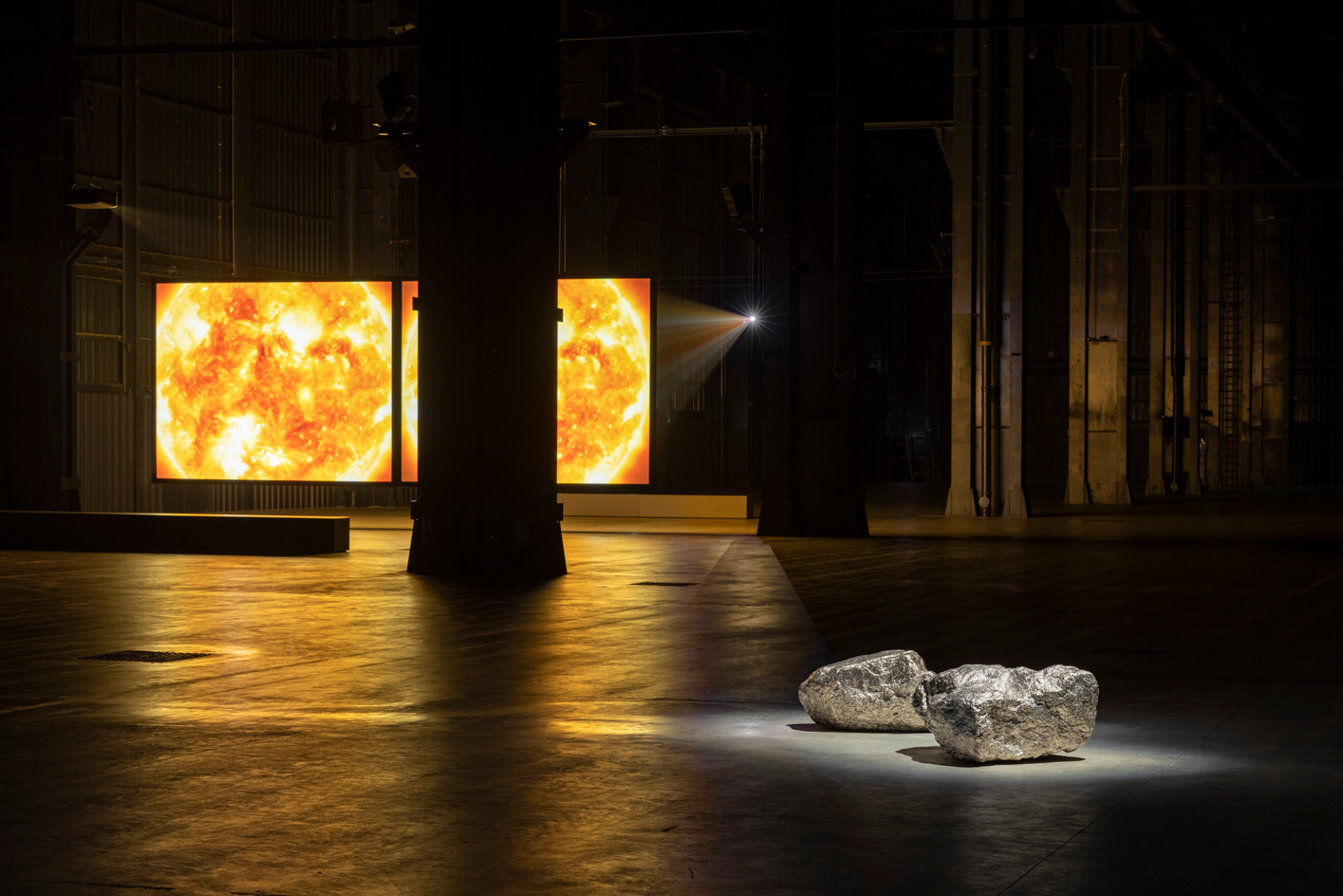
Steve McQueen 'Sunshine State'. Exhibition view at Pirelli HangarBicocca, Milan, 2022 Steve McQueen.
‘It's kind of interesting how things kind of come to be, with Sunshine State, the first thing that happened was 17 years ago, or more it must be about 20 years ago,’ said McQueen of the process of making the work. ‘I wanted to use the film, The Jazz Singer; I had this idea of him erasing himself as he applied the makeup. I was thinking about Ralph Ellison’s Invisible Man and the erasure of myth.’
The project stalled as McQueen was unable to obtain the rights to The Jazz Singer, but as they recently became available he could finally embark upon the work he had waited two decades to tackle.
‘In the last two years, I was able to use it and got the rights but within those 20 years, my father died.’ Just before he passed away, McQueen’s father told him a story. While picking oranges as a casual labourer in Florida, McQueen’s father snuck out with two men one evening to get a beer. They were met with a violent, racist confrontation that left him hiding alone in a ditch until he felt he could walk back to his lodgings; he never saw the two men again. The film fragments and repeats the story alternating the black and white film with two close-ups of the burning sun, the surface alive with heat and flames. The dialogue ends with the phrase ‘… I thought my father was holding back but he was holding me tight.’
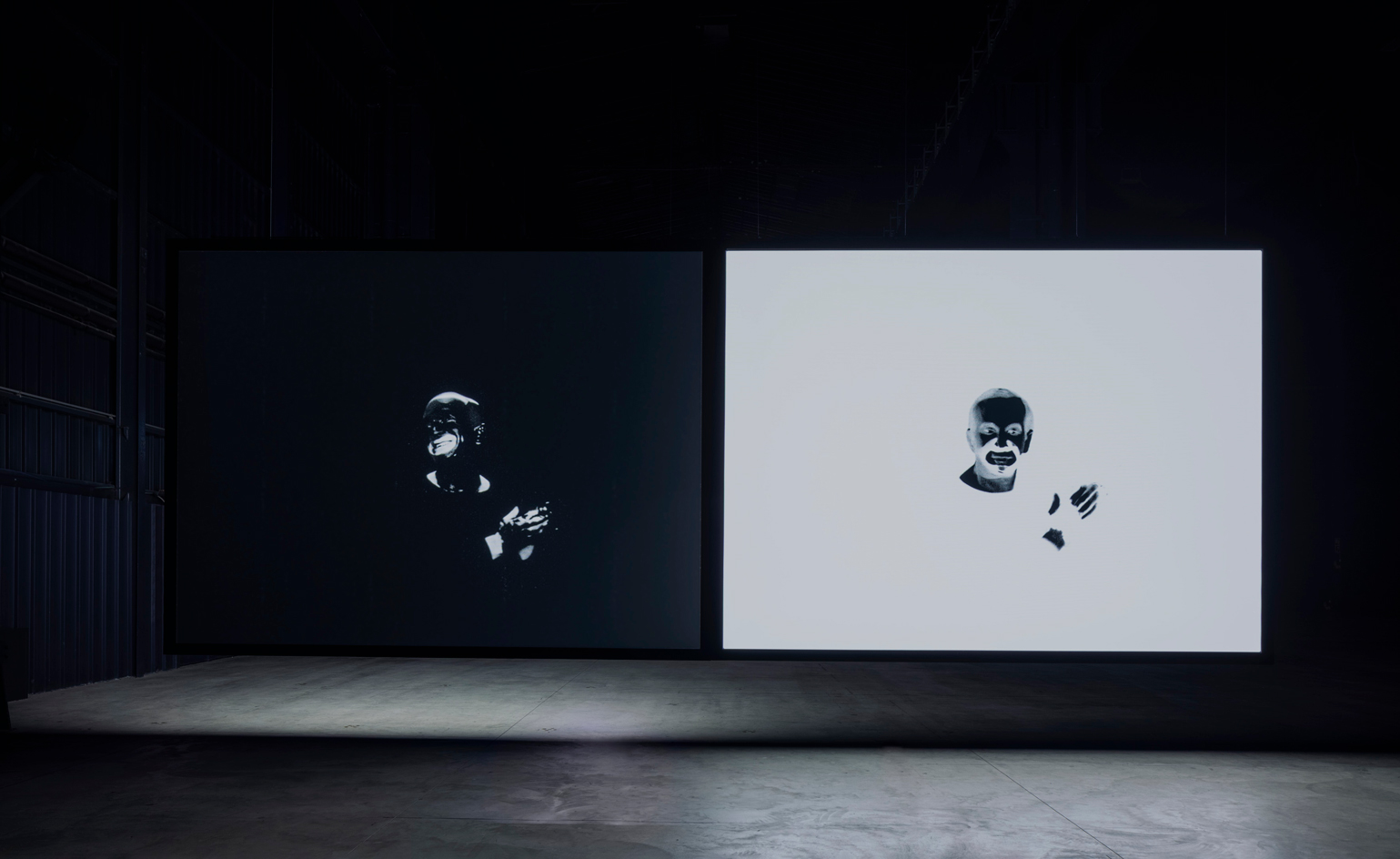
Steve McQueen 'Sunshine State', 2022 Installation view at Pirelli HangarBicocca, Milan, 2022 A Commission for International Film Festival Rotterdam (IFFR) 2022 Footage from The Jazz Singer. Courtesy Warner Bros. Pictures Steve McQueen.
‘What was interesting for me was how this film, The Jazz Singer, and my father’s story now merged and then there was the intimacy of that,’ he said on being asked why he transformed this story into an artwork. ‘To me, it was about a story which my father told me, so it wasn't about a series [or] a feature film. It was about when you hear a story and images come into your mind. That's what I was feeling because I had no idea this happened to my father’, McQueen continues. ‘So somehow those two things came together.’
Alongside the film is a sculptural work Moonlit (2016), which features two chunks of a Chicxulub-type meteorite: a physical manifestation of a cataclysm.
Experiencing the work in this vast space set among iconic pieces such as Carib’s Leap (2002) and the Western Deep (2002) photographed down the Tau Tona gold mine in South Africa adds new dimensions to McQueen’s multifaceted art.
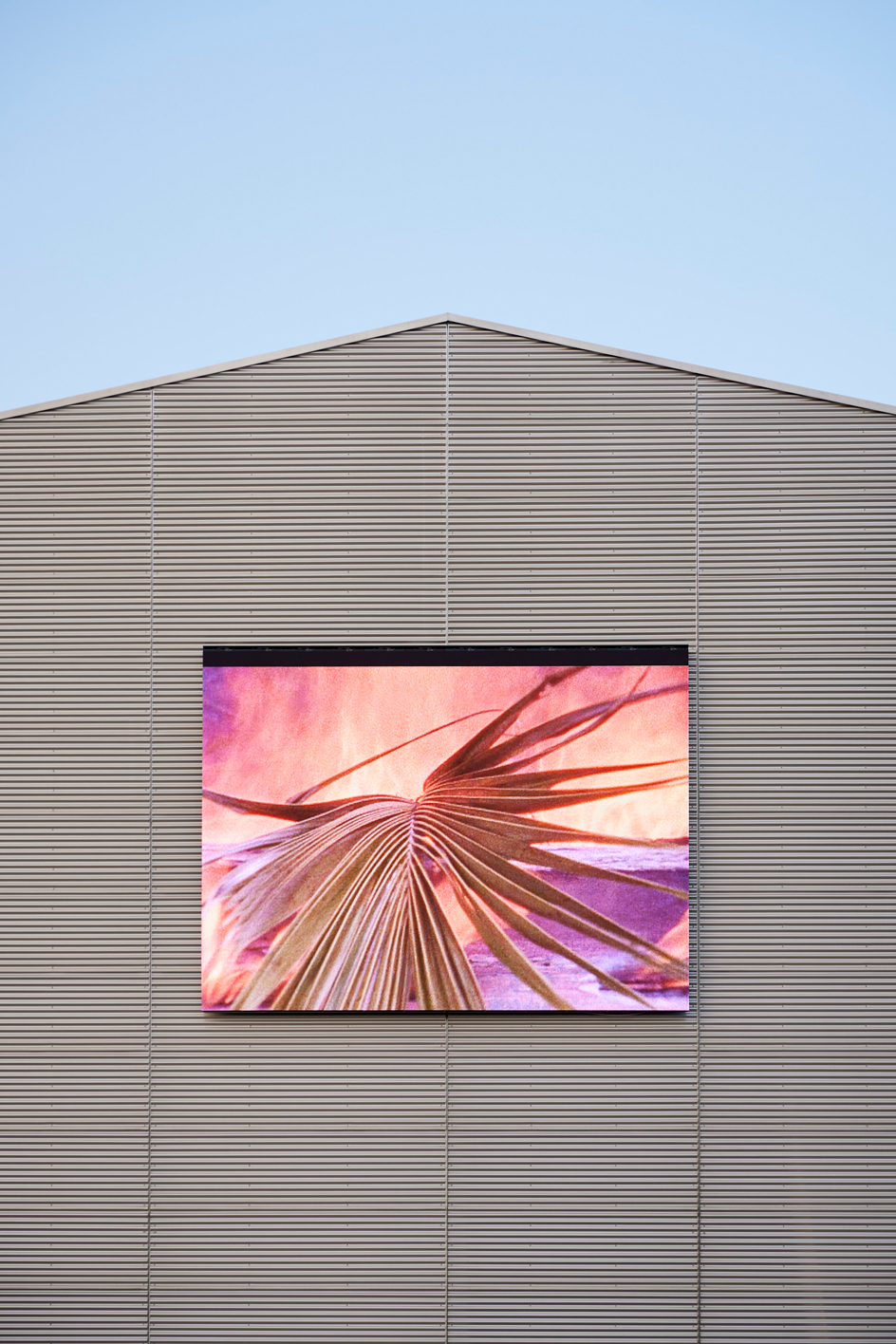
Steve McQueen Caribs’ Leap, 2002 Installation view at Pirelli HangarBicocca, Milan, 2022. Commissioned by documenta and Artangel, with the support of Heinz & Simone Ackermans Steve McQueen.
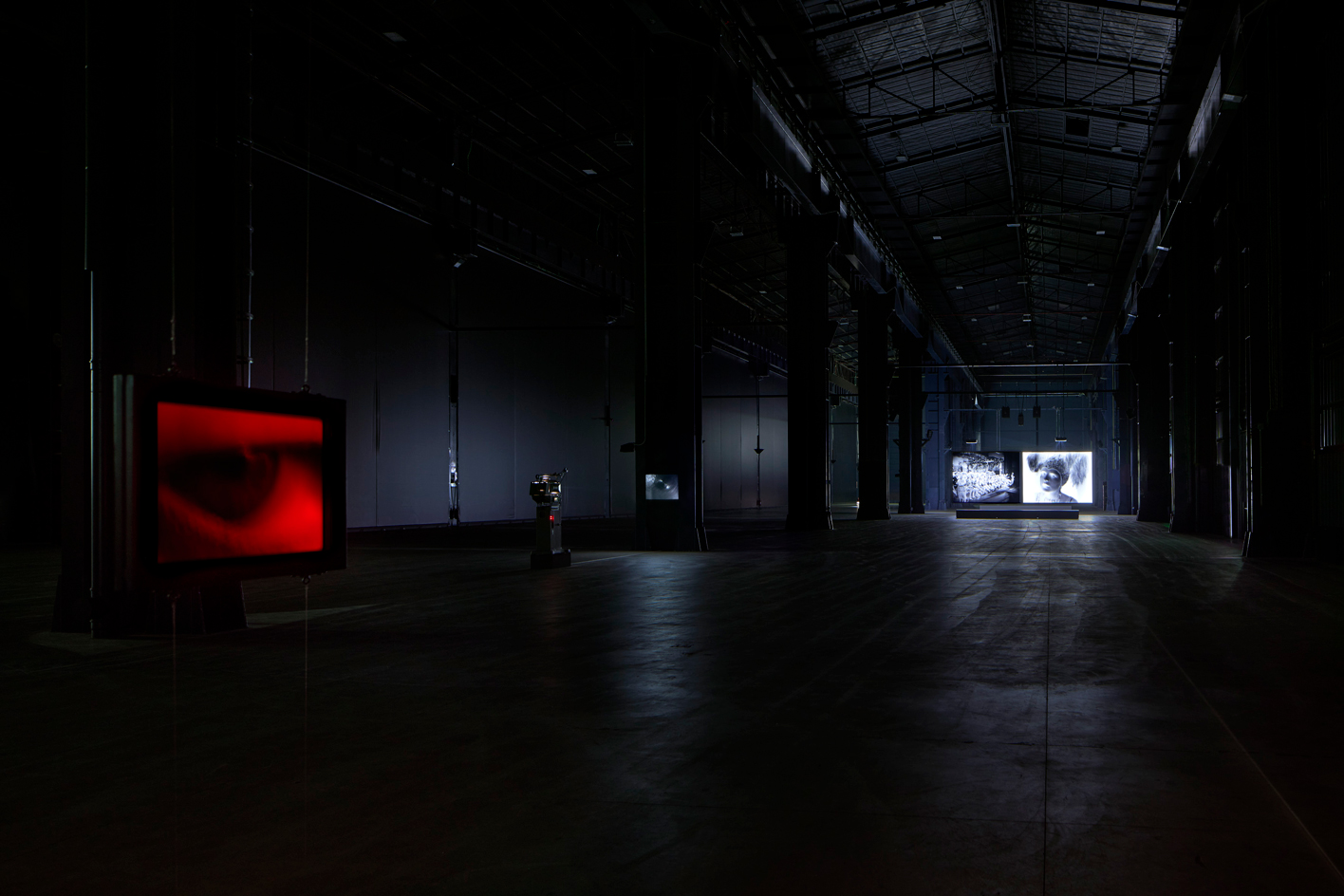
Steve McQueen Charlotte, 2004 Installation view at Pirelli HangarBicocca, Milan, 2022 Steve McQueen.
INFORMATION
Steve McQueen ’Sunshine State’, until 31 July 2022, Pirelli HangarBicocca, Milan. pirellihangarbicocca.org
Receive our daily digest of inspiration, escapism and design stories from around the world direct to your inbox.
Amah-Rose Abrams is a British writer, editor and broadcaster covering arts and culture based in London. In her decade plus career she has covered and broken arts stories all over the world and has interviewed artists including Marina Abramovic, Nan Goldin, Ai Weiwei, Lubaina Himid and Herzog & de Meuron. She has also worked in content strategy and production.
-
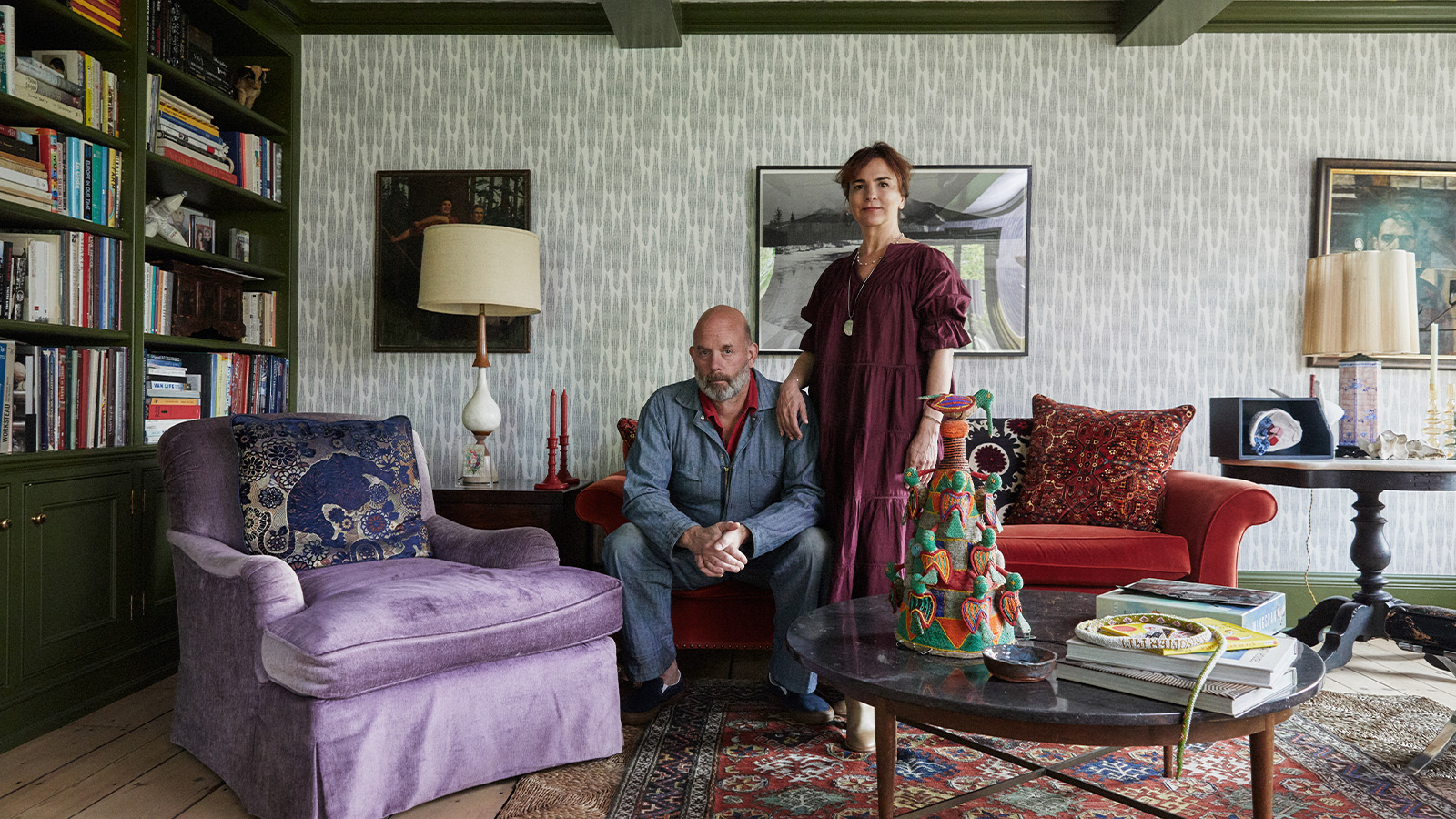 How We Host: Interior designer Heide Hendricks shows us how to throw the ultimate farmhouse fête
How We Host: Interior designer Heide Hendricks shows us how to throw the ultimate farmhouse fêteThe designer, one half of the American design firm Hendricks Churchill, delves into the art of entertaining – from pasta to playlists
-
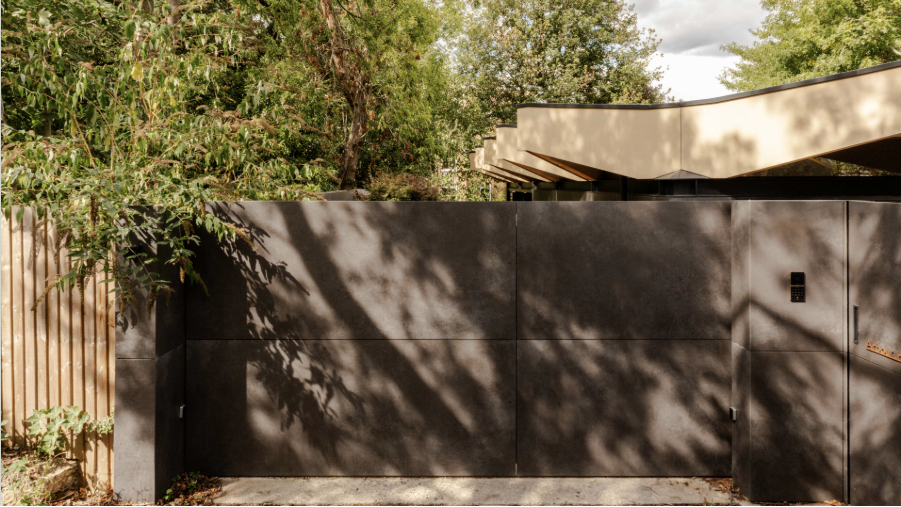 Arbour House is a north London home that lies low but punches high
Arbour House is a north London home that lies low but punches highArbour House by Andrei Saltykov is a low-lying Crouch End home with a striking roof structure that sets it apart
-
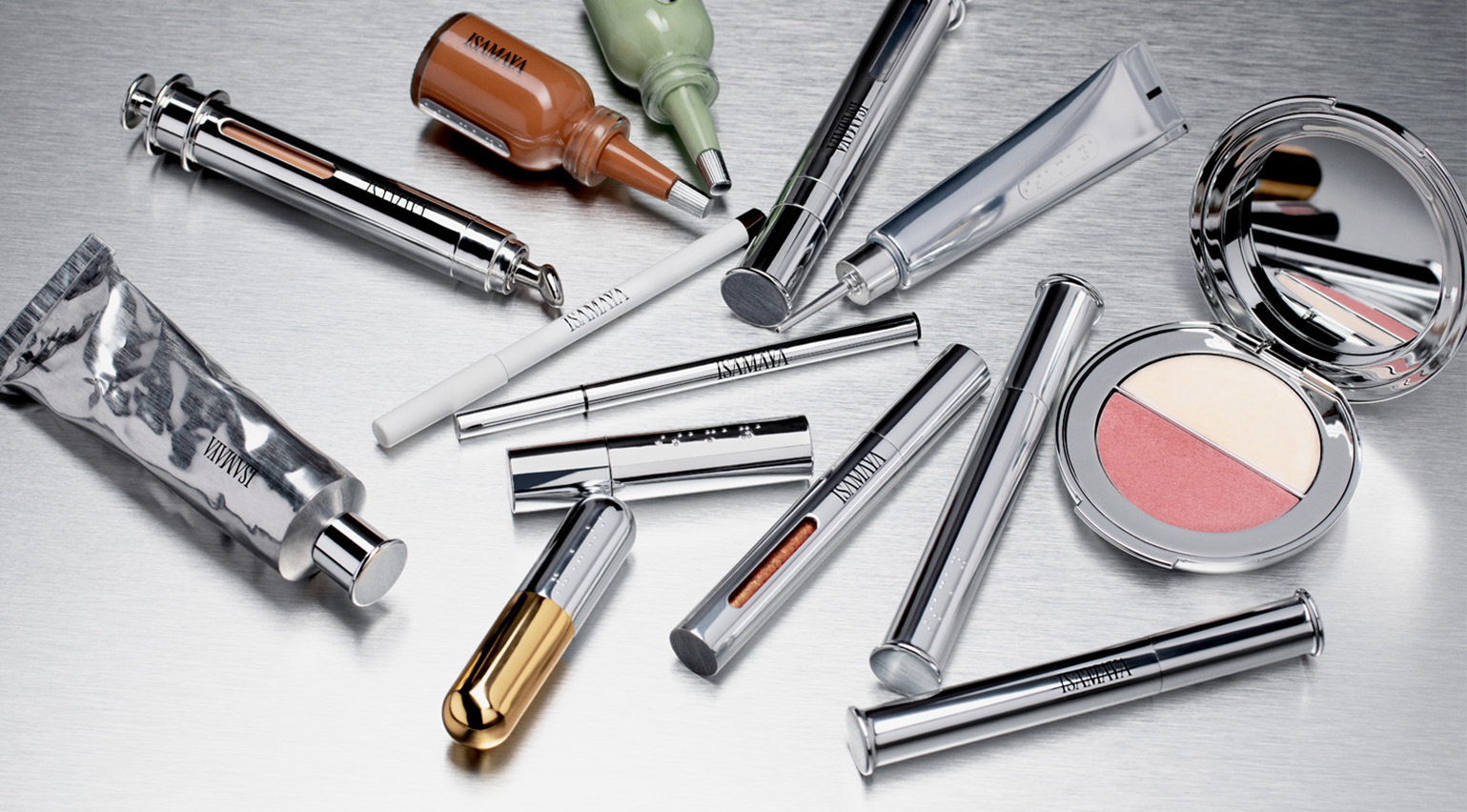 25 of the best beauty launches of 2025, from transformative skincare to offbeat scents
25 of the best beauty launches of 2025, from transformative skincare to offbeat scentsWallpaper* beauty editor Mary Cleary selects her beauty highlights of the year, spanning skincare, fragrance, hair and body care, make-up and wellness
-
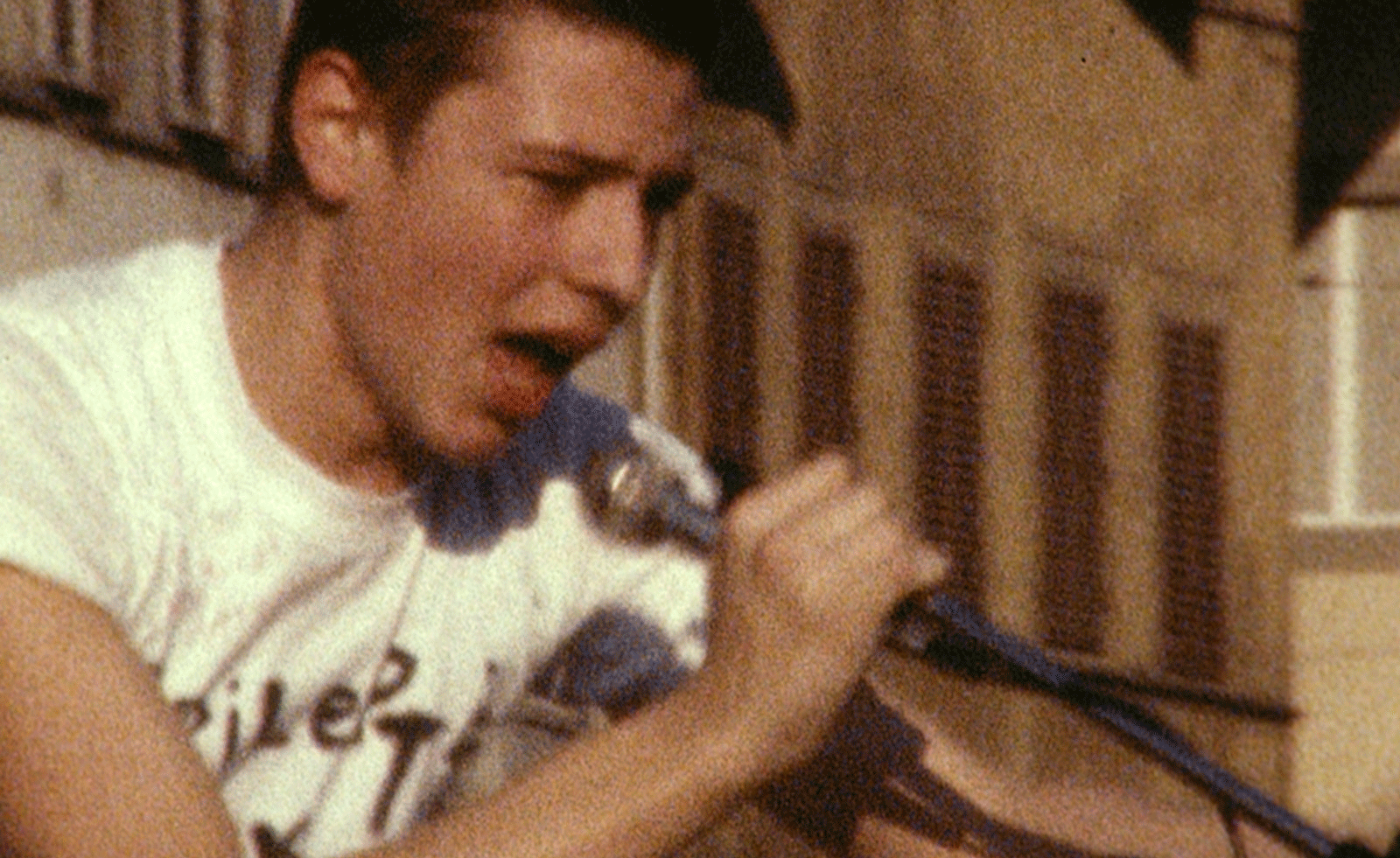 A forgotten history of Italian artists affected by the HIV-AIDS crisis goes on show in Tuscany
A forgotten history of Italian artists affected by the HIV-AIDS crisis goes on show in Tuscany‘Vivono: Art and Feelings, HIV-AIDS in Italy. 1982-1996’, at Centro per l'Arte Contemporanea Luigi Pecci in Prato delves into the conversation around the crisis
-
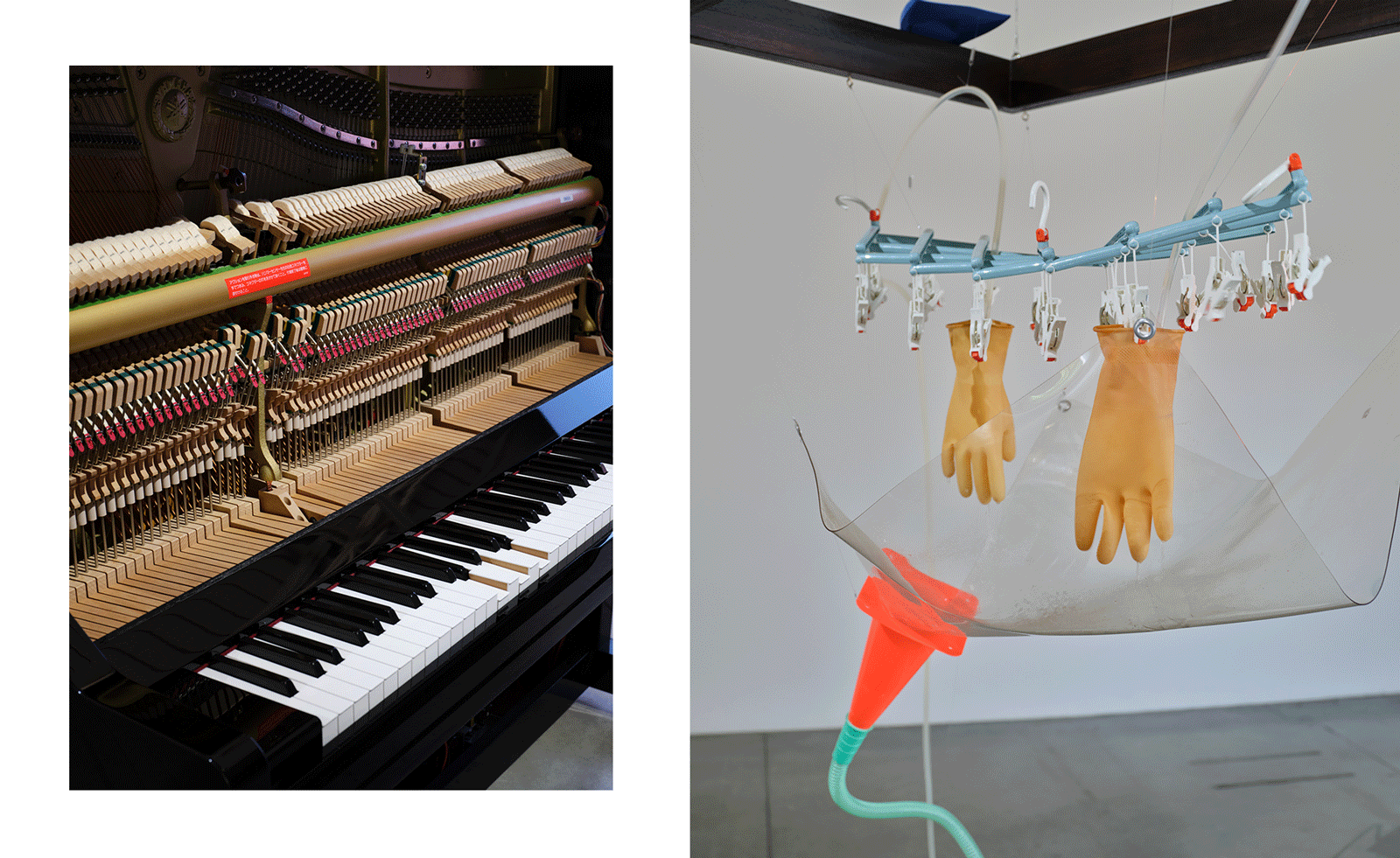 Yuko Mohri’s living installations play on Marcel Duchamp’s surrealism
Yuko Mohri’s living installations play on Marcel Duchamp’s surrealismThe artist’s seven new works on show at Milan’s Pirelli HangarBicocca explore the real and imaginary connections that run through society
-
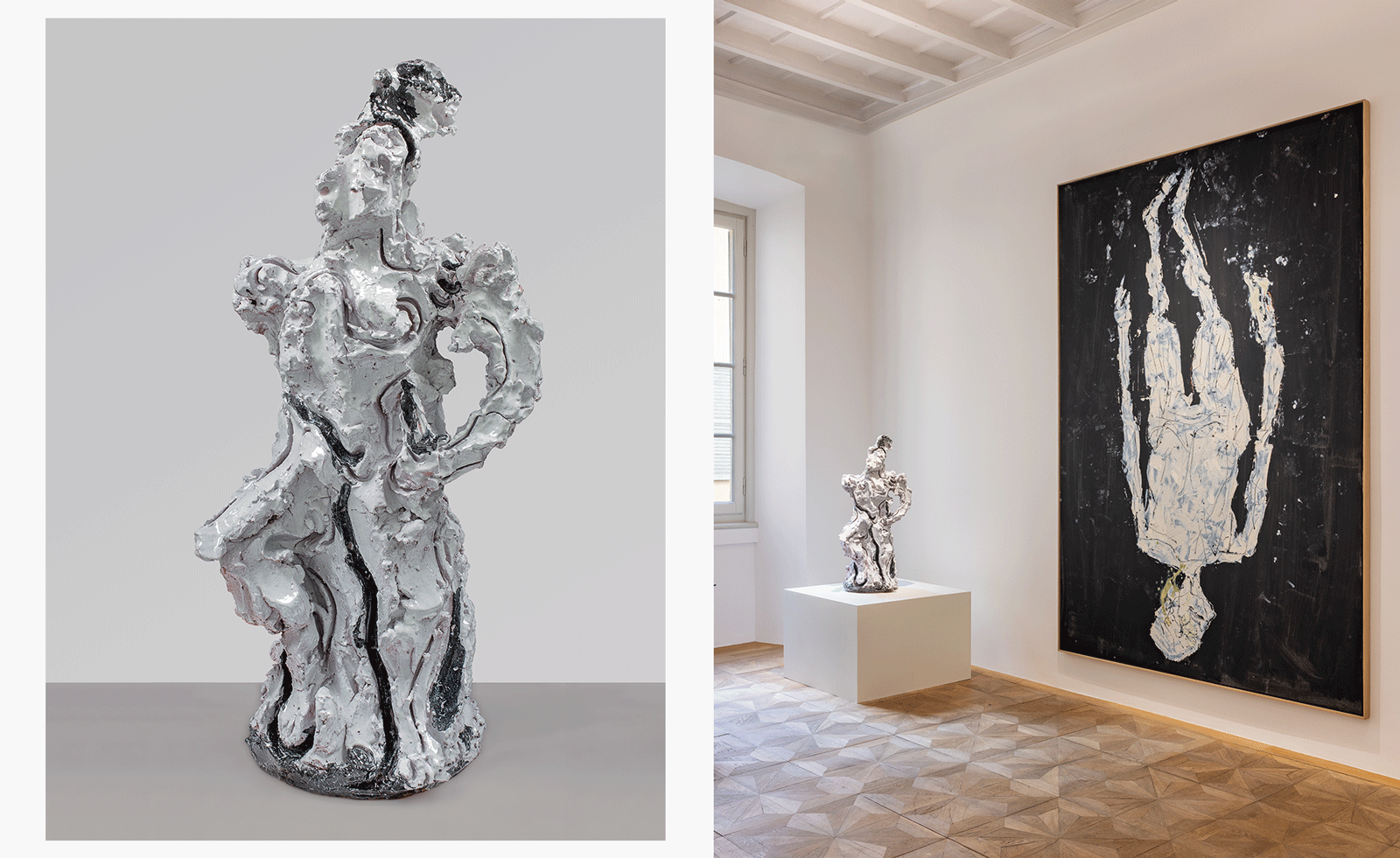 What to expect from Thaddaeus Ropac’s new Milan gallery
What to expect from Thaddaeus Ropac’s new Milan galleryA stalwart among European galleries, Thaddaeus Ropac has chosen an 18th-century palazzo for its first venture into Milan
-
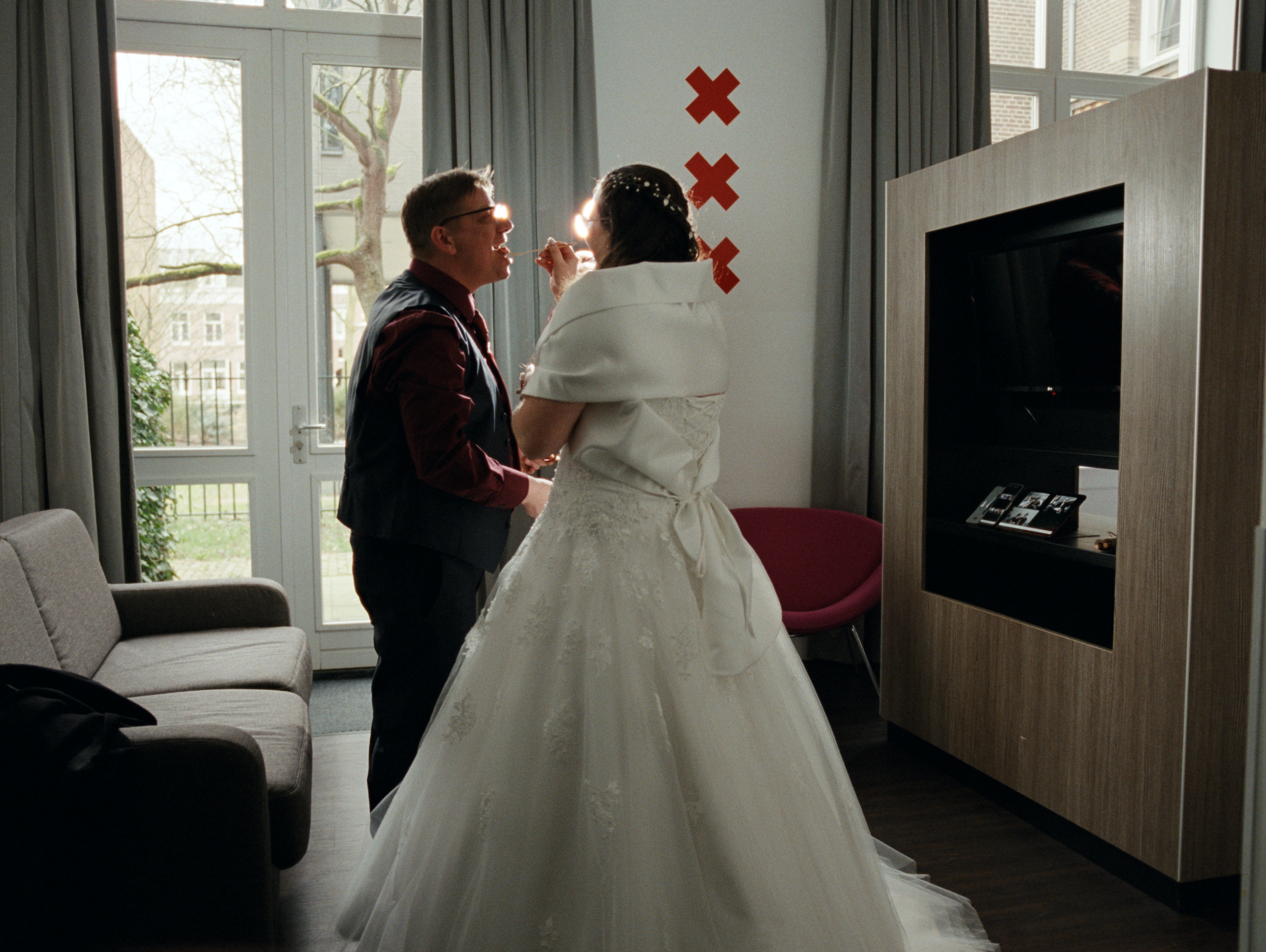 ‘As an artist, I’ve never felt more useful than now’: Steve McQueen on his monumental film screening in Amsterdam
‘As an artist, I’ve never felt more useful than now’: Steve McQueen on his monumental film screening in AmsterdamThe film director on why now felt like the right time to screen a previously unseen 34-hour version of his 2023 documentary ‘Occupied City’, on the façade of the Rijksmuseum
-
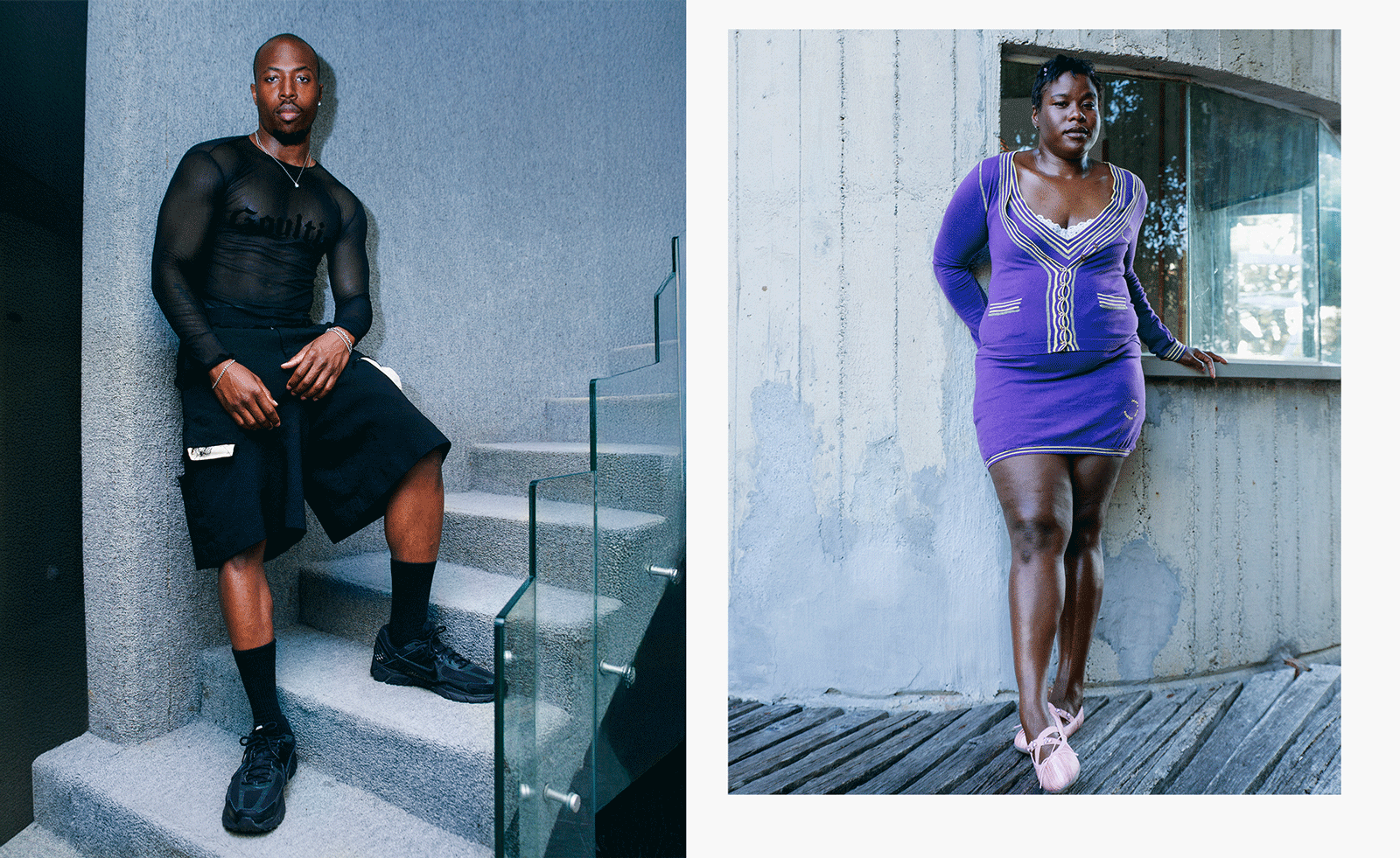 Creativity and rest reign at this Tuscan residence for Black queer artists
Creativity and rest reign at this Tuscan residence for Black queer artistsMQBMBQ residency founder Jordan Anderson sparks creativity at his annual Tuscan artist residency. Wallpaper* meets him to hear about this year's focus.
-
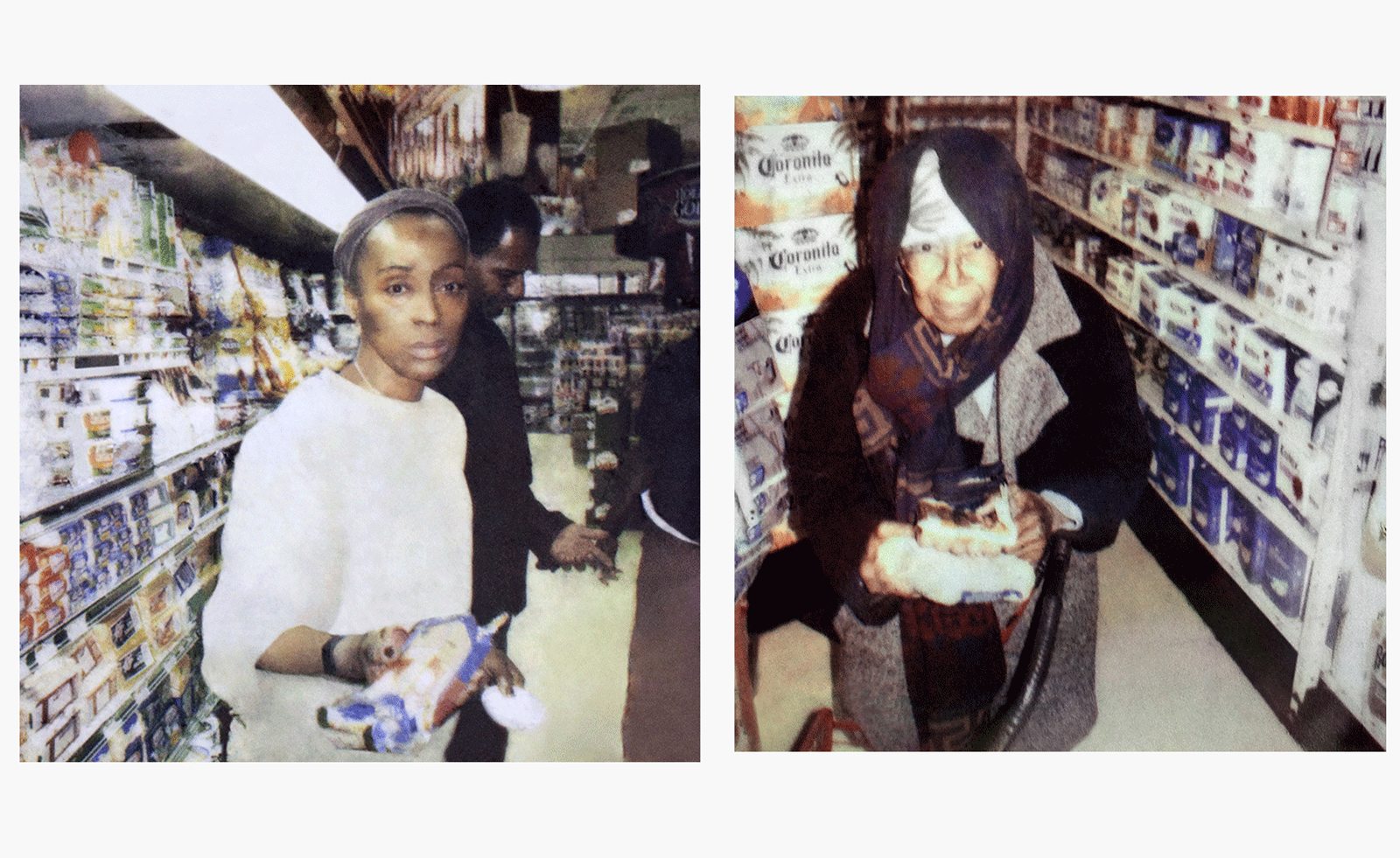 Photographer Mohamed Bourouissa reflects on society, community and the marginalised at MAST
Photographer Mohamed Bourouissa reflects on society, community and the marginalised at MASTMohamed Bourouissa unites his work from the last two decades at Bologna’s Fondazione MAST
-
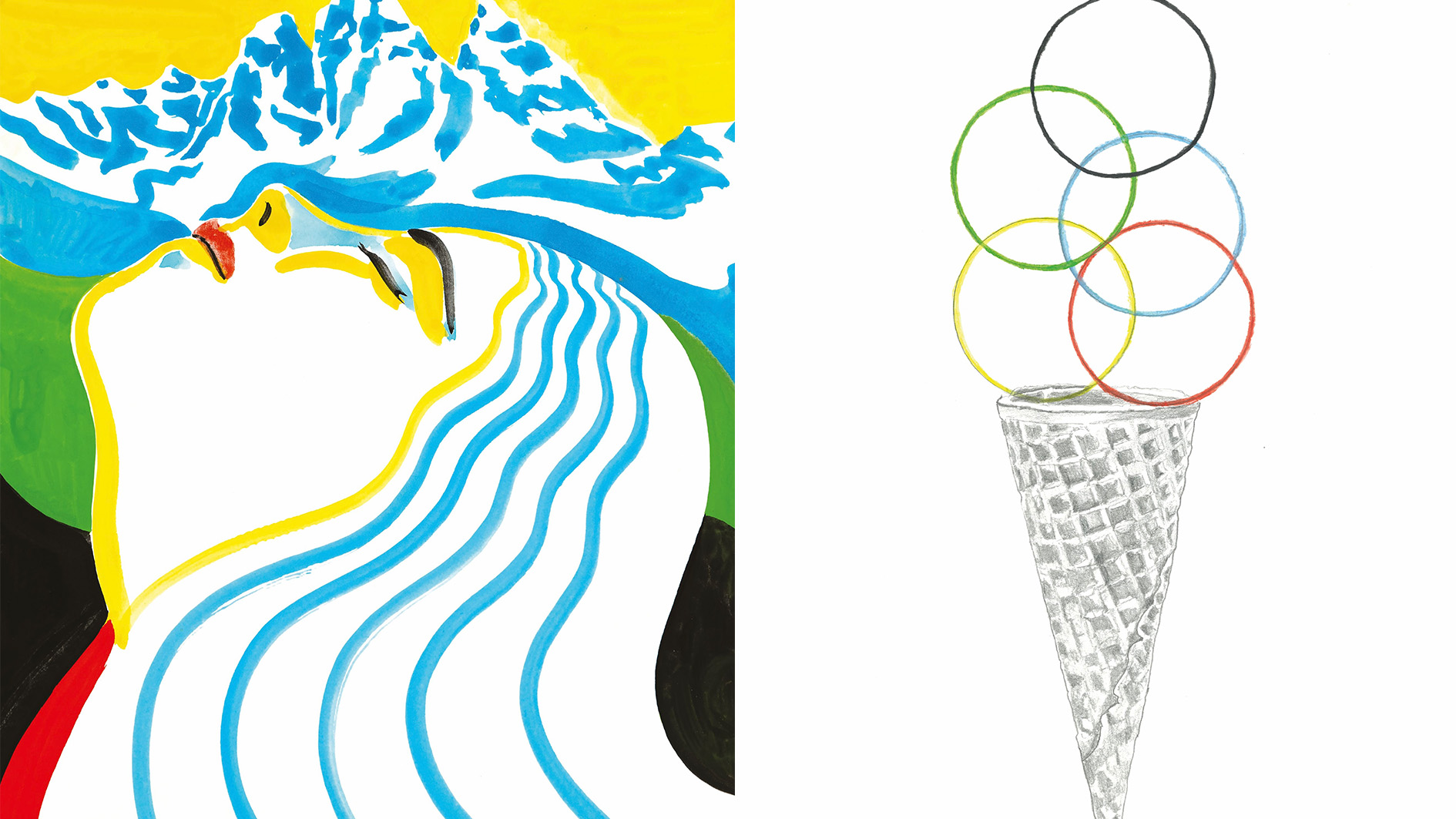 Ten super-cool posters for the Winter Olympics and Paralympics have just been unveiled
Ten super-cool posters for the Winter Olympics and Paralympics have just been unveiledThe Olympic committees asked ten young artists for their creative take on the 2026 Milano Cortina Games
-
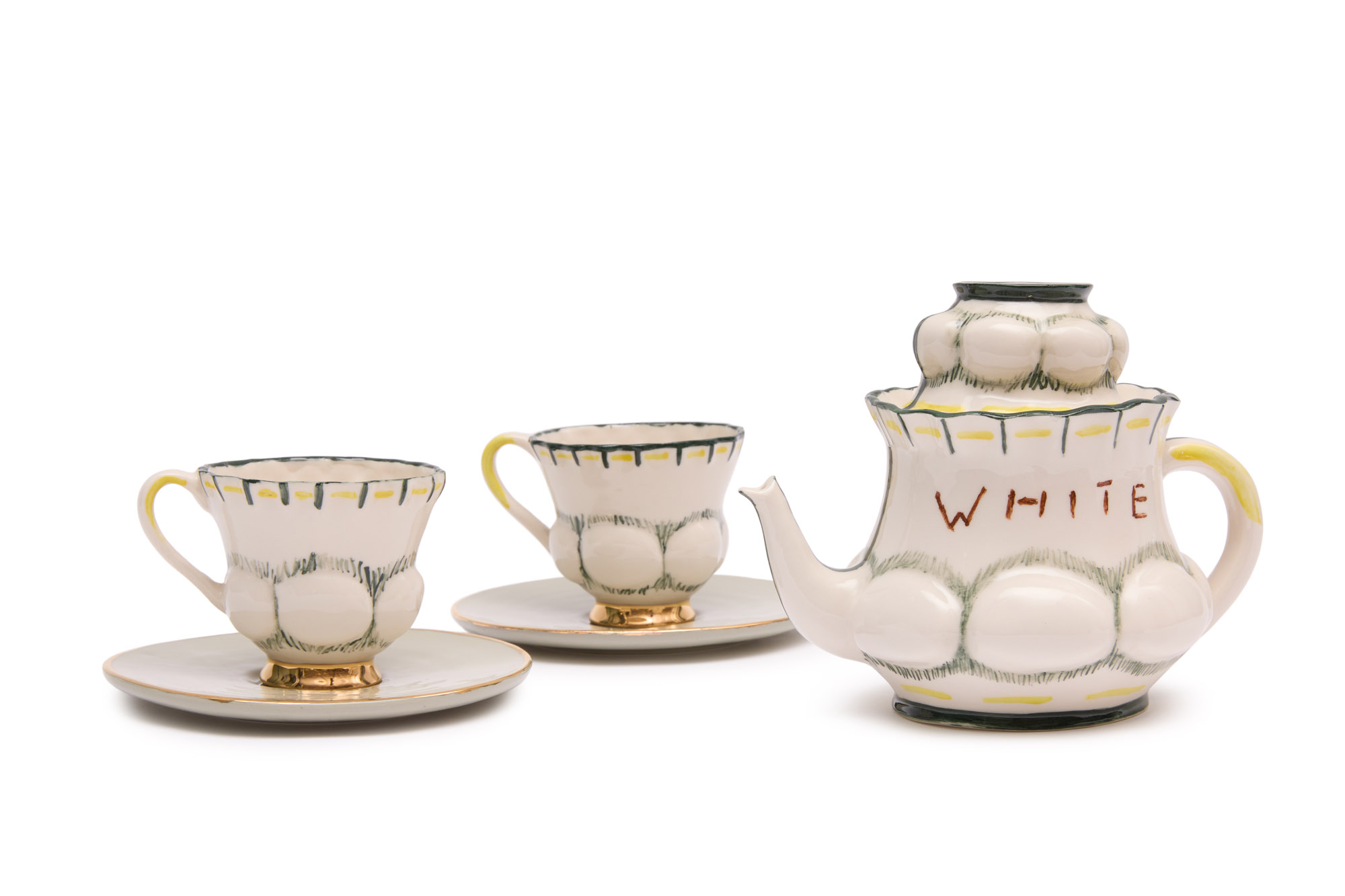 25 artists reimagine the teapot at Milan Design Week 2025
25 artists reimagine the teapot at Milan Design Week 2025Come to Loewe’s cross-cultural tea party: pots of fun in Milan as artists, designers and architects celebrate the universal comfort of tea